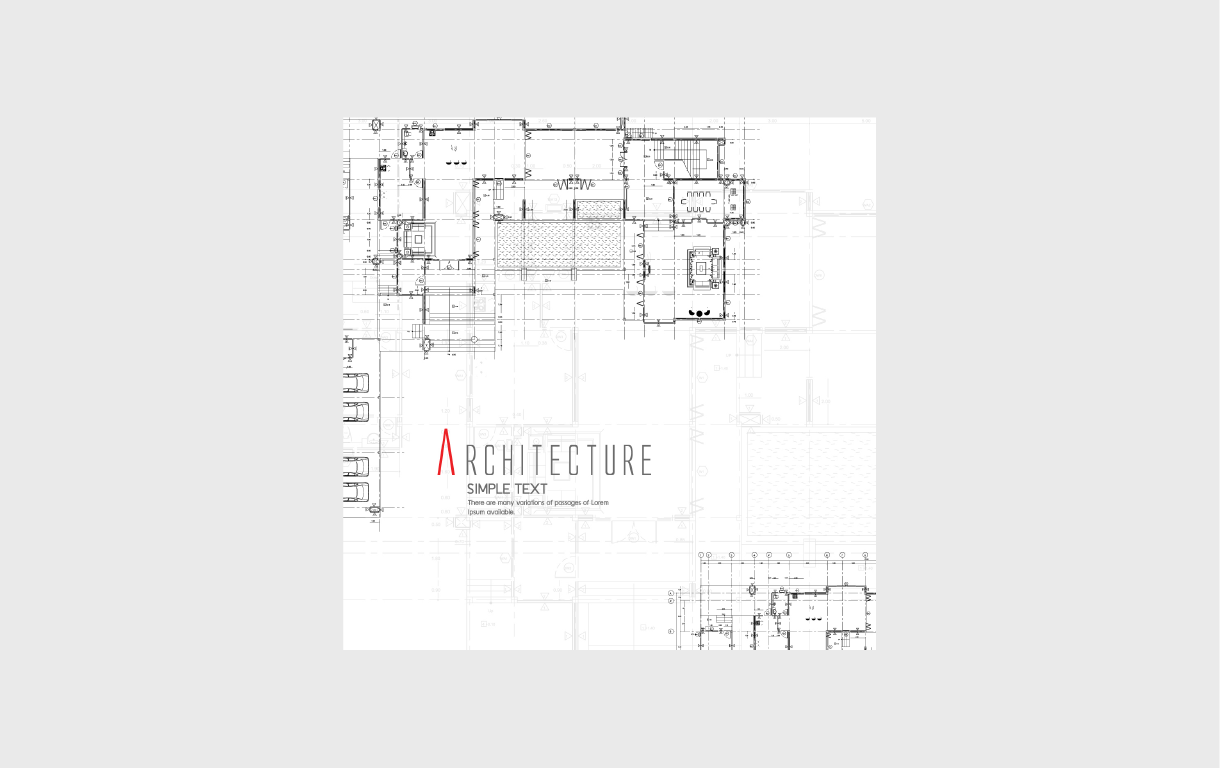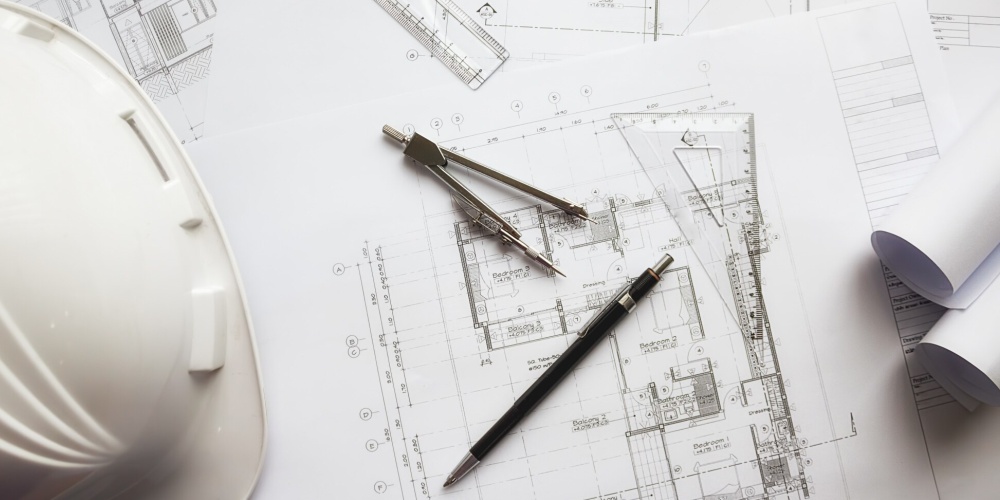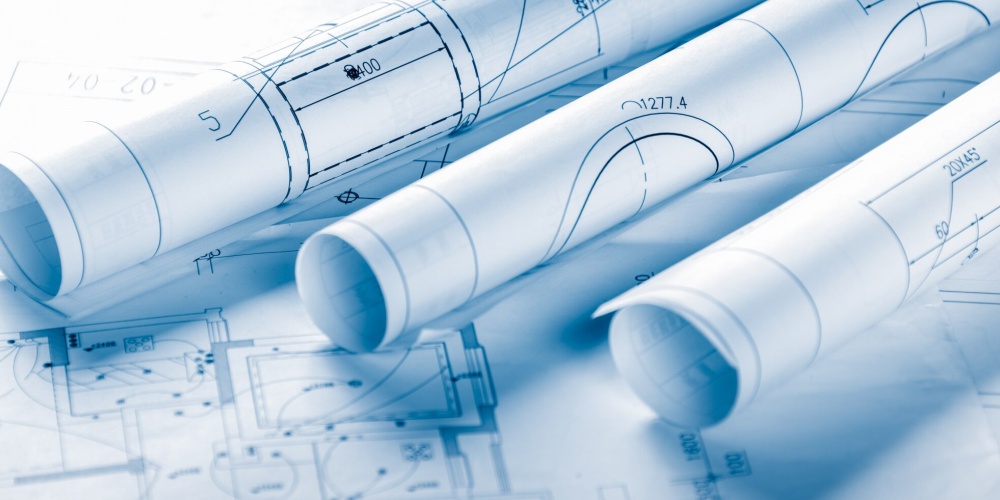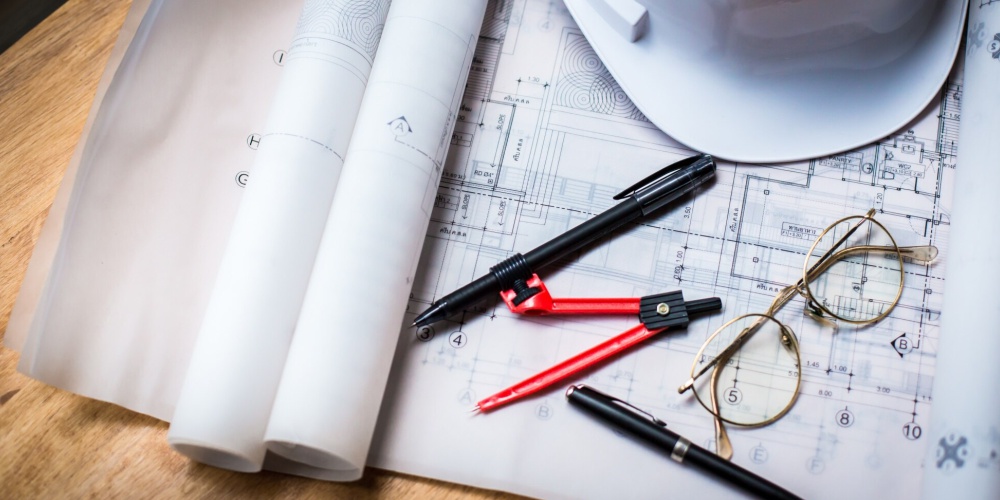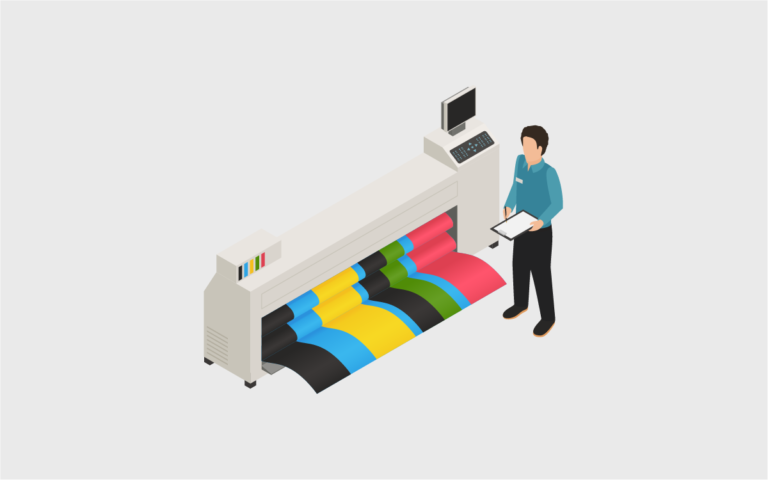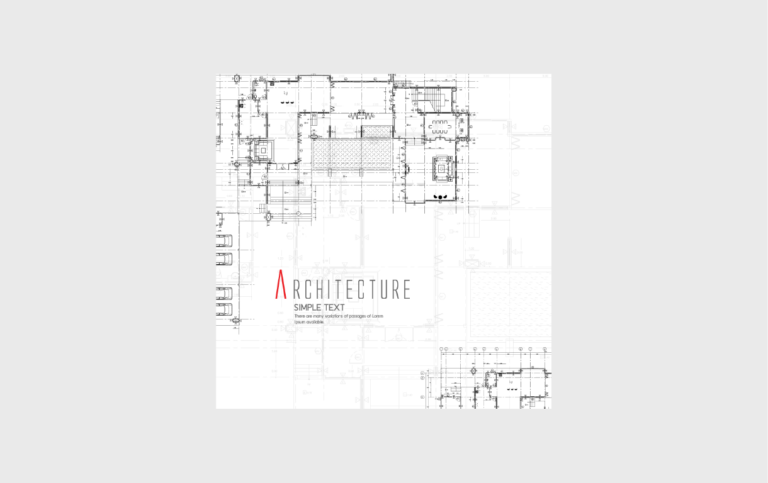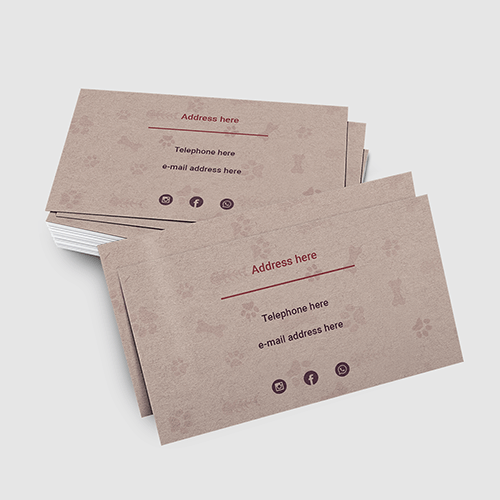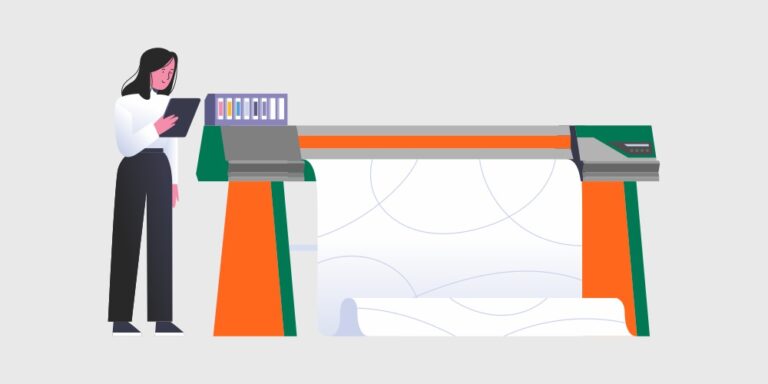In the realm of design and construction, blueprints are the foundational language of precision and planning.
These meticulously crafted documents serve as a bridge between imagination and reality, guiding builders and creators toward the realization of their vision.
In this comprehensive exploration, we will delve into what blueprints are, their benefits, the intricacies of their design, the printing process, and their enduring relevance in various industries.
What Are Blueprints?
Blueprints are detailed, technical drawings or plans that provide a comprehensive visual representation of a construction or design project.
They are primarily used in the fields of architecture, engineering, and construction to communicate intricate details, measurements, and specifications.
Blueprints serve as a roadmap for builders and contractors, helping them understand the structure, dimensions, and materials required for a project.
Benefits of Blueprints
- Precision: Blueprints are highly precise documents, ensuring that every aspect of a project is accurately conveyed. This precision minimizes errors and reduces the likelihood of costly rework.
- Visualization: Blueprints provide a clear visual representation of a project, allowing stakeholders to envision the final outcome, identify potential issues, and make informed decisions.
- Communication: They serve as a common language for architects, engineers, builders, and clients, facilitating effective communication and collaboration throughout the project’s lifecycle.
- Documentation: Blueprints are invaluable for documenting the design and construction process. They create a historical record of the project’s evolution and serve as a reference for future maintenance or modifications.
Designing Blueprints
Creating blueprints is a meticulous process that demands attention to detail. Here are key elements of blueprint design:
- Scale: Blueprints use a scale to represent real-world measurements. Common scales include 1/4 inch equals 1 foot or 1/8 inch equals 1 foot, depending on the size and complexity of the project.
- Annotations: Detailed annotations provide essential information about materials, dimensions, tolerances, and specifications. Clear labeling is crucial for understanding the design’s intent.
- Symbols and Legends: Blueprints incorporate standardized symbols and legends to represent specific elements such as doors, windows, plumbing fixtures, and electrical outlets.
- Sections and Elevations: Blueprints include sections and elevations to provide comprehensive views of the project from various angles, ensuring a thorough understanding of its design.
The Blueprint Printing Process
Printing blueprints requires a specialized process tailored to the needs of the construction and design industries. Here are key steps involved in blueprint printing:
- Large-Format Printing: Blueprints are typically printed in large formats to accommodate detailed drawings. Wide-format printers and plotters are commonly used for this purpose.
- High-Resolution Printing: Blueprints demand high resolution to ensure the clarity and accuracy of fine details and text. High-quality printing technology is essential.
- Paper Selection: Blueprint paper is typically a special type of bond paper that resists ink bleeding and fading. It is available in various weights and finishes to suit project requirements.
- Reprographics Services: Many printing companies specialize in reprographics services, including blueprint printing. They have the expertise and equipment necessary for producing high-quality blueprints.
The Enduring Relevance of Blueprints
In a digital age marked by advanced 3D modeling and computer-aided design (CAD) software, one might wonder about the relevance of traditional blueprints. However, blueprints continue to play a crucial role for several reasons:
- Legal and Regulatory Compliance: Many building codes and regulations require the submission of blueprints for approval.
- On-Site Reference: Builders and contractors often rely on physical blueprints for on-site reference, where digital devices may be impractical.
- Historical Record: Blueprints serve as historical records of projects, contributing to architectural and engineering archives.
- Tangible Understanding: Blueprints offer a tangible understanding of a project’s intricacies, fostering collaboration and decision-making.
Blueprints are more than just drawings; they are the bedrock upon which construction and design projects are built.
Their precision, visualization capabilities, and role in documentation make them indispensable tools for architects, engineers, builders, and creatives alike.
As technology advances, blueprints continue to hold their rightful place as the language of precision in the world of design and construction.
Do you need blueprint printing? We’re here to help you take the next step. Reach out to us to place your order or to get more information on how we can tailor our services to meet your needs. Contact us today, and let’s make things happen together!
